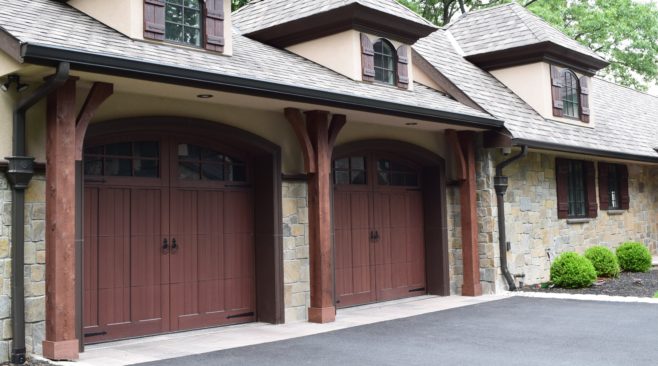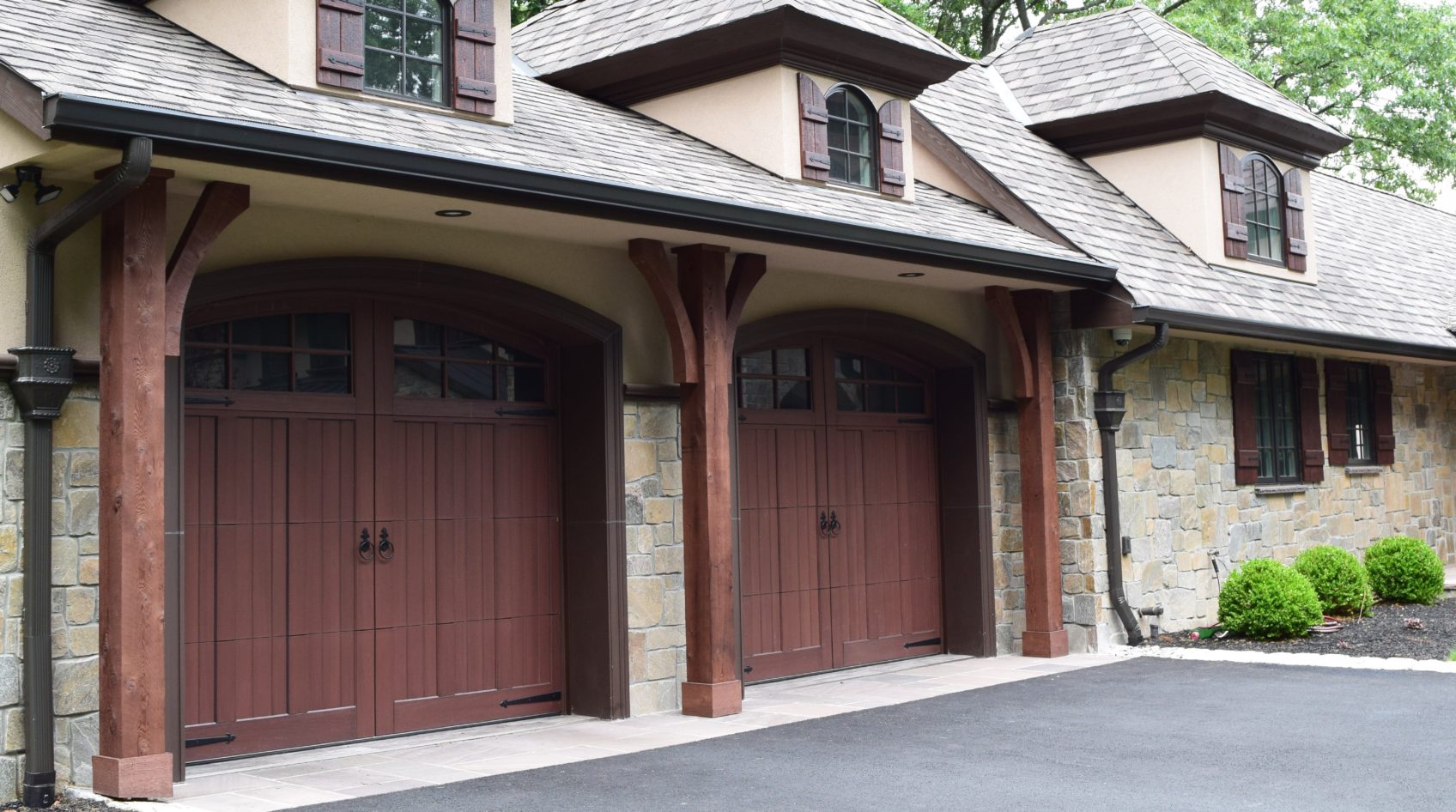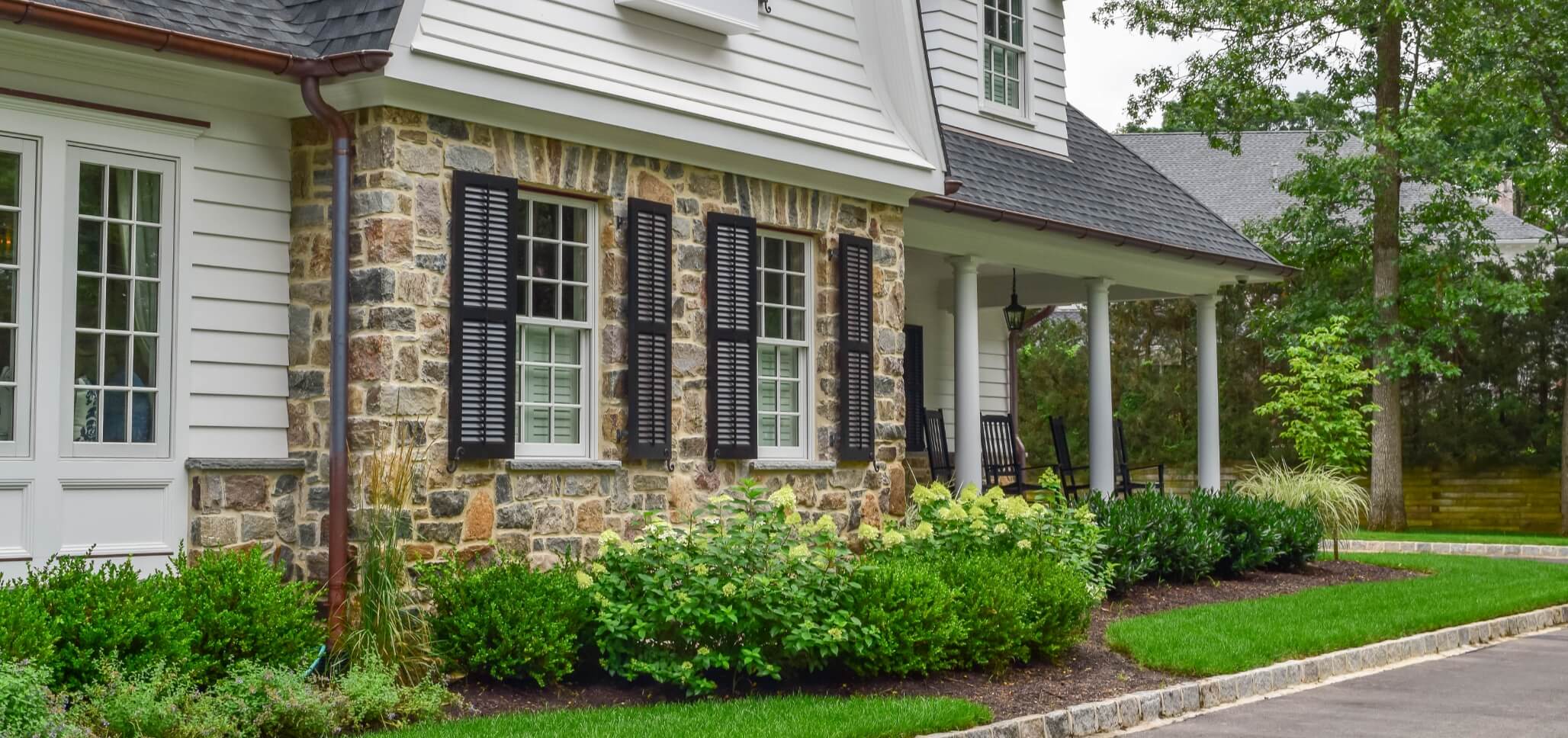If you’ve ever seen veneer stone used as a decorative element for the exterior or interior of a home, you already know that the material looks absolutely stunning. The simple application of stone veneers can instantaneously transform the appearance of any house and create a look that will stand out from the crowd and impress your guests. Before taking the plunge and making the decision to upgrade your home with stone veneers, though, you want to make sure that you have all of the facts. Sure, the veneer looks fabulous initially, but will it continue to look just as great over time? Will you need to worry about fading or discoloration? In order to address these concerns and provide you with the facts you need to give your home a makeover, we’ve dedicated this post to discussing whether or not veneer stone becomes discolored, and how to keep your veneer stone looking good for years to come.
Preventing the Discoloration of Veneer Stone is Preventable
Perhaps you have encountered old stone veneers that have not been properly cared for. These stones may appear lackluster or even somewhat faded and discolored. This can be very discouraging to a homeowner who is interested in working with a veneer for his or her home. Fortunately, problems with discoloration and fading are actually preventable. The majority of discoloration and fading occurs when stone veneers are exposed to certain harmful substances, or when they aren’t properly treated and maintained. Understanding what can cause issues will help you to protect your veneers, and knowing the right way to go about veneer maintenance will empower you to keep your home looking perfect. Here’s a closer look at a few things that can cause discoloration, staining, or fading, and how you can prevent these issues from happening to your veneers:
- Harsh Chemicals – Exposing your stone veneers to strong or harsh chemicals can wreak havoc on the look of your home. Bleach and muriatic acid, for instance, will cause rapid discoloration, as will a number of other harsh cleaning compounds. Never use products like these when cleaning and caring for your veneers. Instead, you should opt for a mild cleaning solution of warm water mixed with a small amount of dish soap or vinegar. Chlorine is another chemical agent that can cause problems for the look of your veneer stone. Most cultured stone manufacturers will advise you to avoid installing veneer stones below the water line. If you’re working with veneers near a swimming pool, for example, you’ll want to ensure that your materials won’t come into contact with chlorine. Finally, ice melt and rock salt can cause discoloration and corrosion of stone veneers. If you are planning on installing veneers along low foundation walls, or other areas that might come into contact with ice melting compounds, you should make it a point to use non-chemical alternatives for managing snow and ice. This will allow for safety while also protecting your veneers.
- Prolonged Exposure to Water – It was mentioned before, but veneer stone shouldn’t be installed below the water line. Not only can chlorine impact the color of the material, but prolonged exposure to water can also take its toll. While veneers are resilient and will continue to look great when exposed to regular weather and precipitation, a constant flow of water over the surface of the materials can and will make its mark. This goes for areas where a cascade of water, such as a manmade waterfall, continuously flows over veneer stone.
- Dirt and Debris Buildup – Although stone veneers are very low maintenance, you should still plan on spending a little time on taking care of the materials. Homeowners who make the mistake of ignoring the buildup of dirt, dust and other debris could run the risk of allowing their veneers to become temporarily or permanently stained and discolored. Leaving dirt and debris can not only allow the stuff to do its own handiwork and cause staining, but it can also encourage the growth of mold or mildew which are difficult to get rid of and can create even further problems with discoloration. The best course of action is to routinely rinse off your stone veneers with the hose on a spray setting, and to gently scrub away dirt and other buildup with a mild cleaning solution and a soft bristled brush.
- Lack of Sealant – There can be no mistaking the fact that stone veneers are among the most durable and long-lasting materials for exterior home design, but that doesn’t mean that it’s 100% immune to the impact of mother nature. After all, being exposed to the UV rays from sunlight day in and day out, or even being impacted by salty air from the Jersey Shore can cause some fading or discoloration. Fortunately, you don’t have to stand back idly and watch it happen. Applying a sealant to your veneer stones can help to protect it from these elements and can lock in the color of your veneers, while simultaneously adding to their strength and reliability. Don’t skip this vital step.
Keeping Veneer Stone Vibrant in NJ
As a NJ homeowner, there’s absolutely no reason why you shouldn’t be able to install a gorgeous veneer stone facade for your home and keep it in perfect shape in the many years to come. The low maintenance nature of stone veneers means that it’s very possible to ensure that the stones remain vibrant in their coloration, tough, and durable – with only a little bit of your time and attention.
Once you’re ready to move forward with a veneer stone installation, the team at Braen Supply will be there to help you – every step of the way. From helping you choose the right materials for the job, to answering your questions about care and maintenance, and even posing you in the right direction of a sealant, we’ve got you covered. Feel free to visit our convenient NJ locations or give us a call to learn more today.


